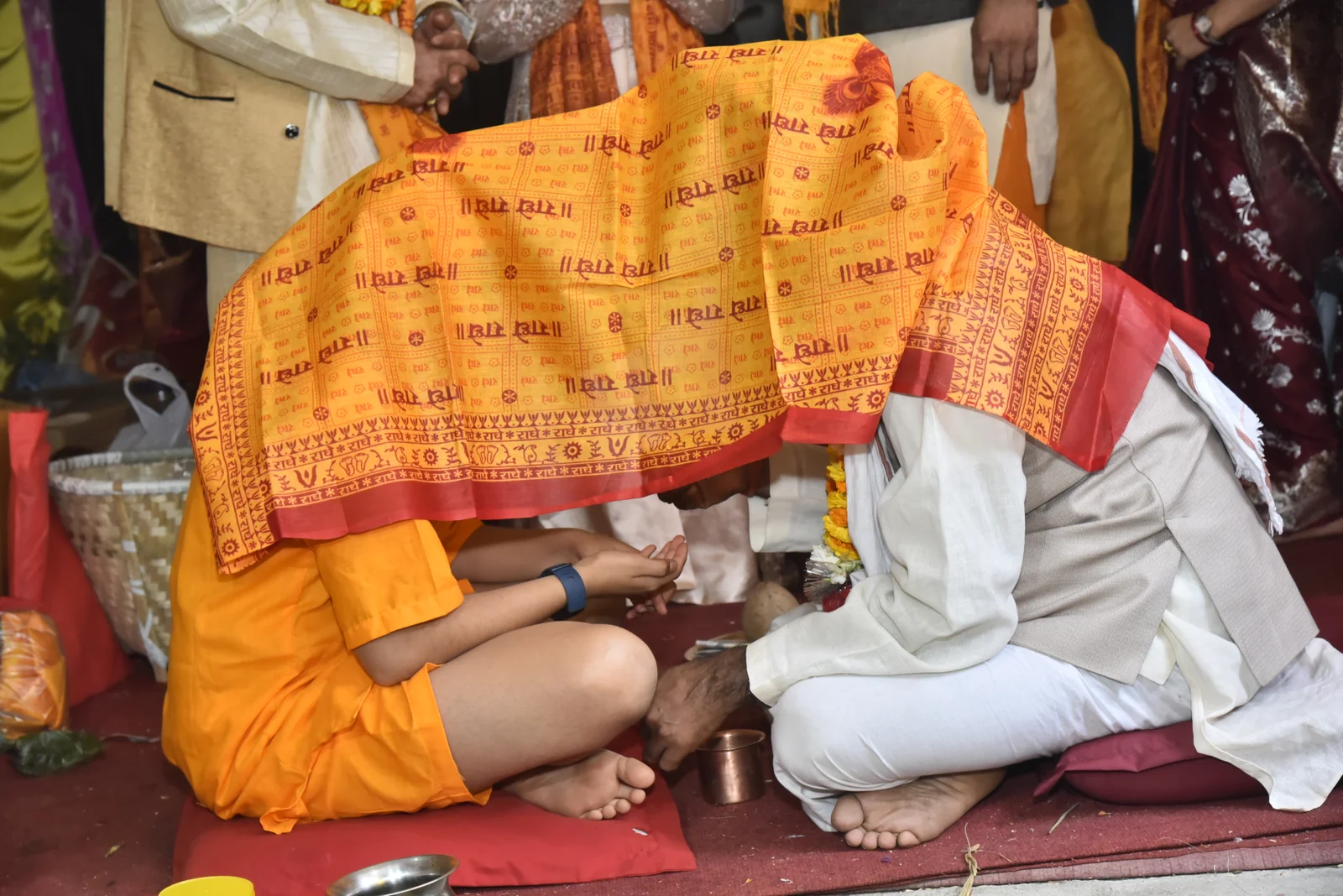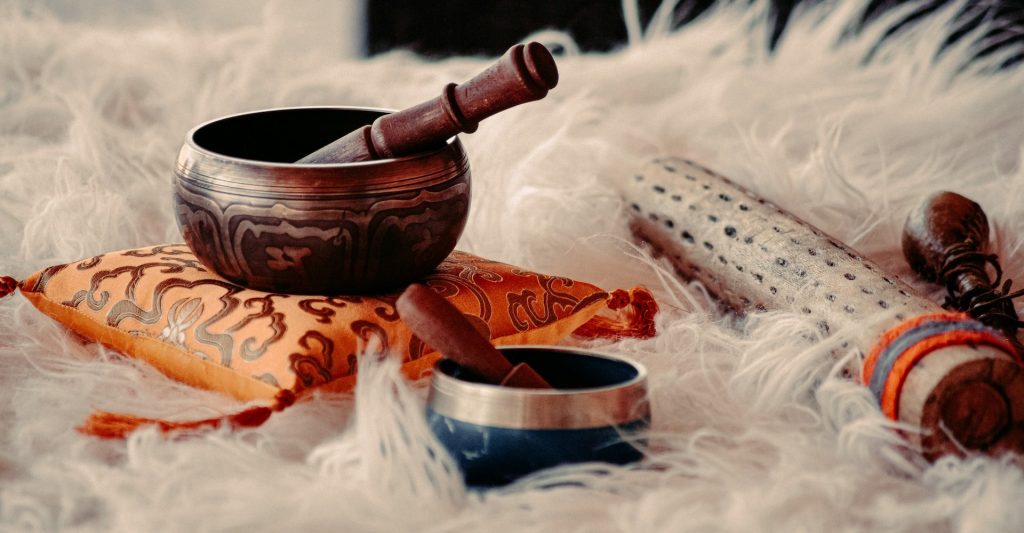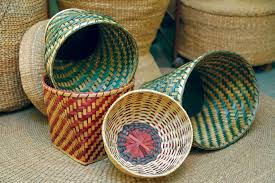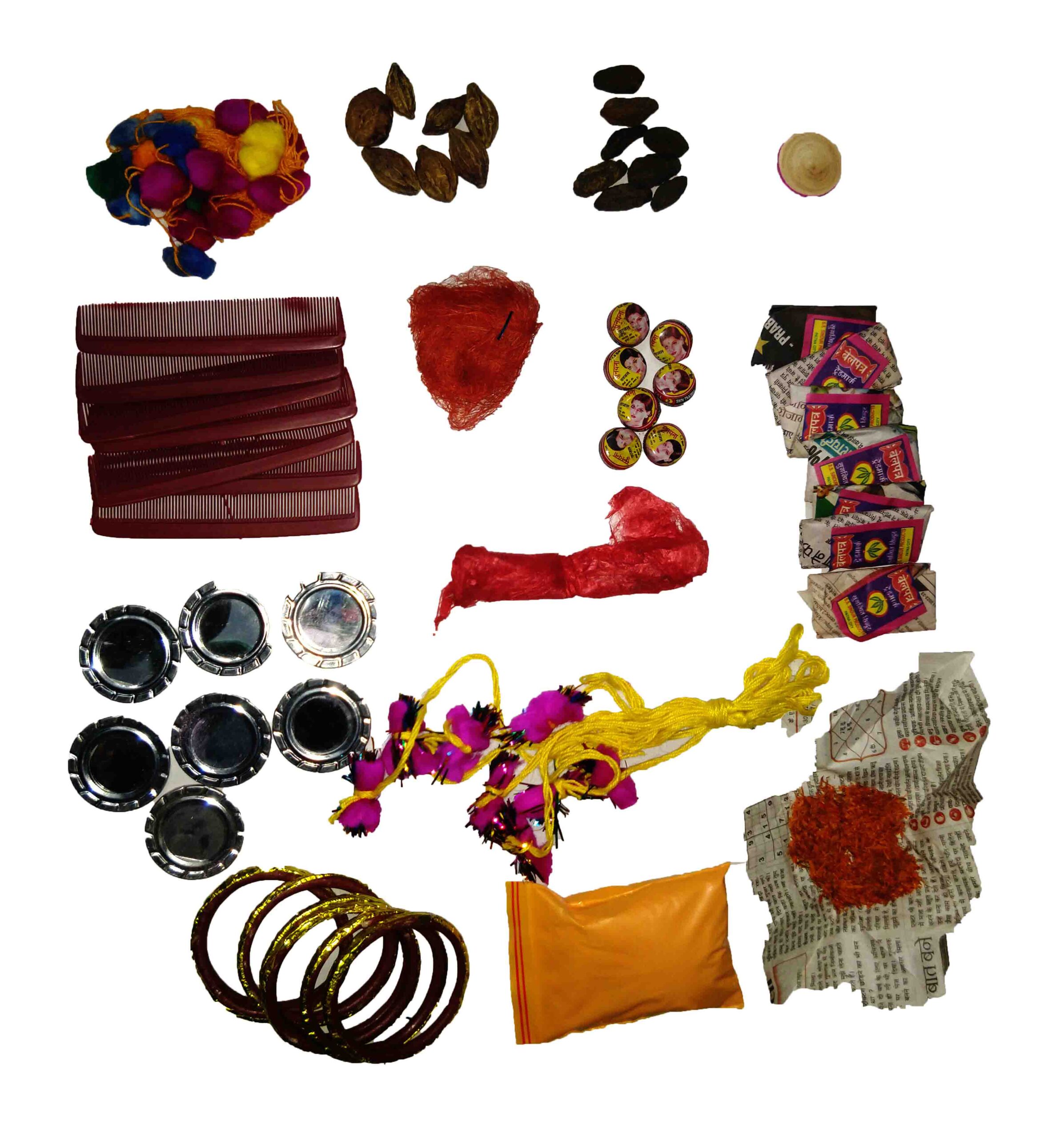Share this Article

Introduction
The Haku Patasi, a traditional black-and-red outfit with a striking look, is more than just clothing for the Newar women of the Kathmandu Valley in Nepal. It is a symbol of identity, pride, and heritage. Worn during festivals, weddings, and religious events, the attire's beauty testifies to the Newar community's rich history and artistic grandeur. Here, we explore the history, design, cultural significance, and modern-day relevance of the Haku Patasi and its role in keeping Newari culture alive.
Origins and Historical Background
The Newars, who were the indigenous people of the Kathmandu Valley, have a history that dates back over 2,000 years. Their culture is a synthesis of Hindu and Buddhist cultures, and their clothing, like the Haku Patasi, demonstrates this blending. Haku Patasi is a Newari term for "black sari," which is an apt description of its deep black color highlighted by vibrant red borders.
Historical records show the Haku Patasi evolved during the Malla dynasty (12th–18th century), which was a golden age for Newar art and culture. The Malla kings encouraged certain dress codes to signify social standing and ethnicity. The black color of the Haku Patasi is said to represent the fertile soil of the Kathmandu Valley, and the red borders symbolize blood, life, and divine energy (Shakti). Over time, the dress became a marker of Newari identity and was worn by married women on festive occasions only (Shrestha, 2015).
Design and Components
The Haku Patasi is a work of textile art, involving laborious weaving and embroidery. Its design has three main elements:
Haku (Black Sari):
The key garment is an unstitched, long black cloth made of silk or cotton. Black is derived from natural dyes, though these days the saris use synthetic dyes. The sari is wrapped around the waist and on the shoulder, just like the Indian sari, but with special Newari styling.
Patasi (Red Borders):
The sari has striking red borders (patasi) on its edges. The borders are typically hand-woven in detailed gold or silver thread work (kastha), with floral patterns, geometric designs, or religious motifs. Red represents marital status, prosperity, and divine feminine power.
Accessories:
Gunyo Cholo: A tight-fitting blouse (cholo) with a shawl-like garment (gunyo) is worn to complete the outfit. The blouse is generally red or maroon, the same as the borders of the sari.
Jewelry: Women adorn themselves with traditional Newari gold jewelry like the lunswan (necklace), tilhari (pendant), and kalli (earrings).
Preparation of the entire attire may take weeks, as artisans meticulously weave and embroider each part by hand.
Cultural and Symbolic Meaning
The Haku Patasi is inextricably linked with Newari spirituality, social tradition, and community values:
Rituals and Festivals:
The attire is put on during the occasion of grand festivals like Dashain, Tihar, and Indra Jatra. During the Newari wedding ritual (Ihi), the Haku Patasi is worn by girls as young as seven to signify their lives as wives and mothers in the future. It is also obligatory for women participating in Gufa, the coming-of-age ritual (refer to previous article).
Social Identity:
The Haku Patasi distinguishes the Newari women from the other Nepali ethnic groups. The outfit traditionally indicated caste and marital status. For example, widows or unmarried women avoided the red borders, though the practice is fading today.
Spiritual Significance:
The color combination of black and red is religiously symbolic. Black is identified with the Hindu goddess Kali and Buddhist protective deities, symbolizing power and protection. Red is symbolic of menstrual blood and fertility, honoring the life-giving aspect of women (Nepal Tourism Board, 2020).
The Making of a Haku Patasi
A Haku Patasi is created through the coordination of weavers, dyers, and embroiderers, at times from specific Newari sub-castes like the Shresthas or Jyapus. The process entails:
Weaving:
Threads of cotton or silk are woven into the sari based on traditional handlooms. Red borders are woven separately and joined to the black fabric.
Dyeing:
Natural dyes from plants like indigo (black) and lac insects (red) were originally used. Now, chemical dyes are common due to their cheap price.
Embroidery:
Intricate patterns are embroidered using metallic threads. Motifs usually include the swastika (good luck), lotus flowers (purity), and peacocks (beauty).
Despite modernization, families in Bhaktapur and Patan still carry on these skills, passing on expertise through generations.
Haku Patasi in Modern Times
Urbanization and globalization have influenced how the Haku Patasi is worn and perceived:
Everyday to Occasional Wear:
Although elderly women in the village might wear simpler versions on a daily basis, youngsters reserve the Haku Patasi for formal events such as festivals or weddings. In cities, Western clothing is more common for daily use.
Fashion Adaptations:
Designers are reworking the Haku Patasi to help it become more attractive to youths. As an example, shorter saris, machine-printed borders, and fusion blouses paired with jeans are gaining traction. Social media influencers often showcase modern versions of the ensemble.
Cultural Revival Efforts:
Preservation Efforts
Organizations like the Nepal Newa Guthi hold workshops to teach weaving and embroidery. Government promotions, i.e., "Visit Nepal," promote the Haku Patasi as a national symbol. Nepal's postal service launched stamps featuring the dress in 2019 (The Kathmandu Post, 2023).
Challenges and Preservation
There are several threats to the Haku Patasi:
Dwindling Artisans: Few young people adopt traditional weaving due to low wages.
Cheap Imitations: Poor-quality, mass-made copies from India undermine genuine craftspeople.
Cultural Erosion: Young Newaris may find the dress "old-fashioned" with a leaning towards modern fashion.
NGOs address this by working with weavers for more market exposure. Fashion shows celebrating the Haku Patasi are a feature during festivals like Sithi Nakha (Newar Environment Day). UNESCO also inscribed Newari textile traditions as an intangible heritage of Nepal, providing conservation efforts with a boost.
Conclusion
Haku Patasi is more than yarn and cloth—it is a story woven over centuries. It is the Newari people's strength, their creativity, and their love for their roots. As Nepal proceeds into the future, this signature attire is a vibrant witness to the past, adopting new fashion without losing its essence.
To Newar women, donning the Haku Patasi is a source of pride, connecting them to their people and heritage. To the world, it is a window to Nepal's living heritage, where tradition and modernity walk hand in hand.
Categories:
Culture & Traditions
Tags:
Haku Patasi
,
newari Dress







